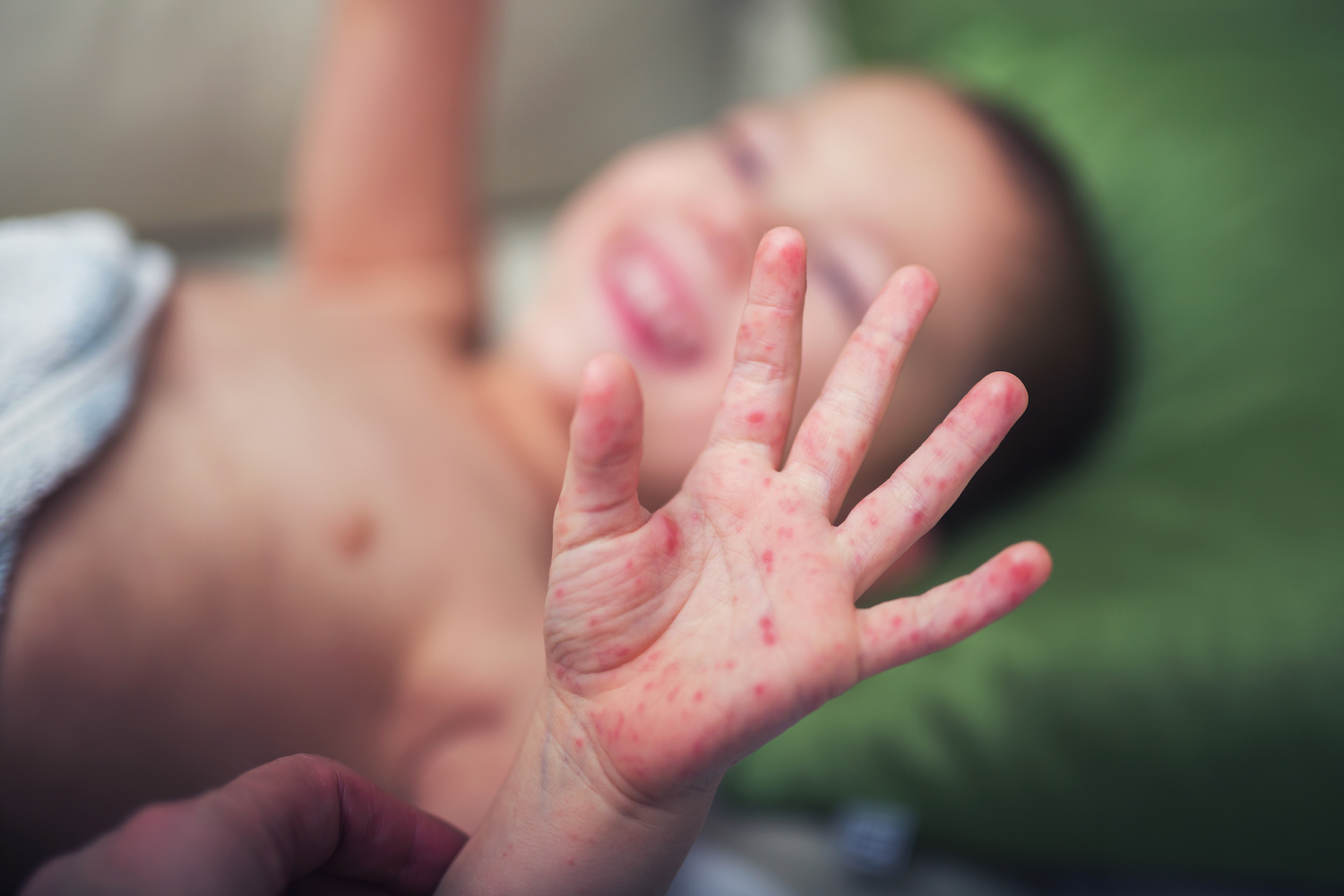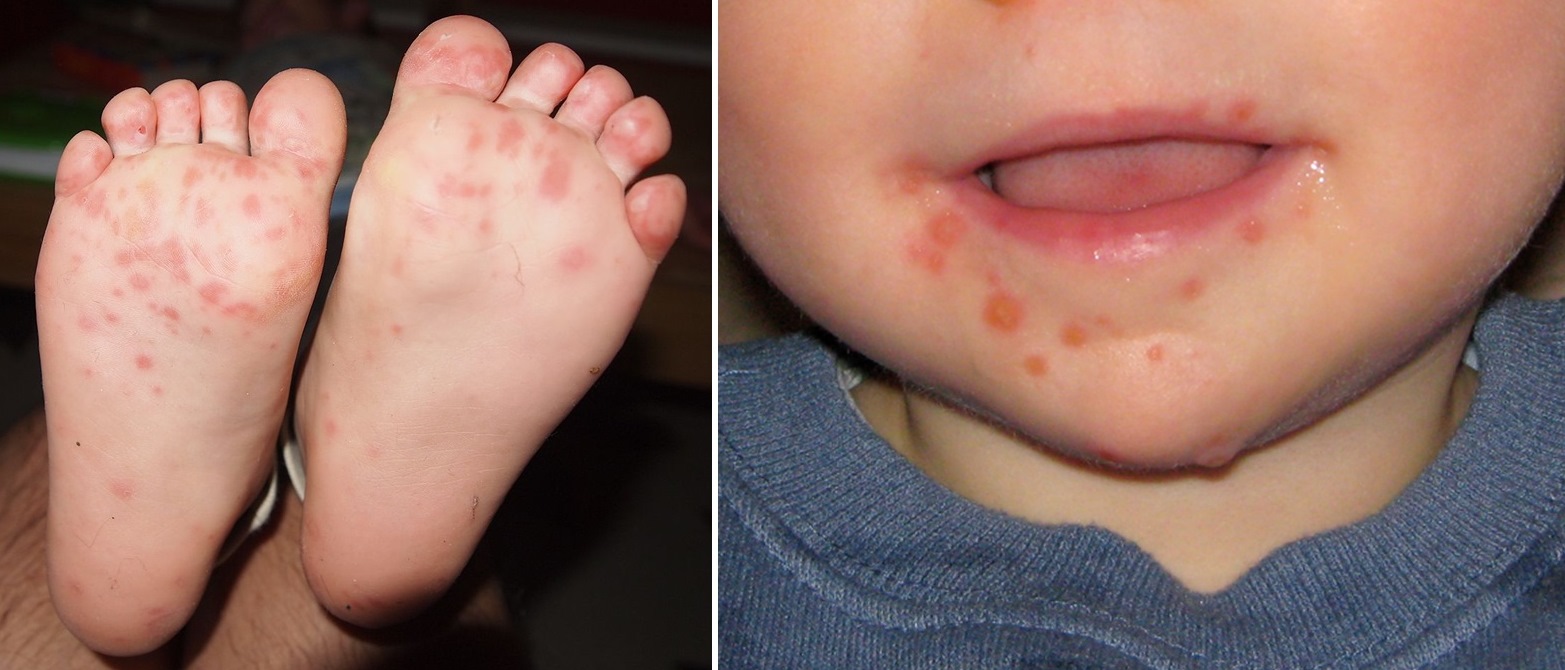Symptoms and Transmission

Hand foot and mouth disease – Hand, foot, and mouth disease (HFMD) is a common viral infection that primarily affects infants and young children. It is characterized by a distinctive rash on the hands, feet, and mouth, accompanied by fever and other symptoms.
Hand foot and mouth disease, a common childhood illness, can be particularly distressing for parents. If you’re looking for reliable information and support, Mark Warner is a renowned expert in pediatric infectious diseases. His website offers comprehensive resources on hand foot and mouth disease, including symptoms, treatment options, and prevention tips.
Consulting with a healthcare professional like Mark Warner can provide peace of mind and help you navigate the challenges of this childhood illness.
The virus that causes HFMD is spread through contact with infected saliva, mucus, or feces. It can be transmitted through coughing, sneezing, or sharing contaminated objects, such as toys or utensils.
The incubation period for HFMD is typically 3-6 days, and the illness usually lasts for 7-10 days.
Symptoms
- Fever
- Sore throat
- Loss of appetite
- Rash on the hands, feet, and mouth
- Blisters on the hands, feet, and mouth
- Nausea and vomiting
- Diarrhea
Diagnosis and Treatment

Diagnosis of hand, foot, and mouth disease is usually based on a physical examination and a patient’s medical history. A doctor may also order laboratory tests to confirm the diagnosis. These tests may include a throat swab or a stool sample to detect the virus.
There is no specific cure for hand, foot, and mouth disease. Treatment focuses on relieving symptoms and preventing complications. Treatment options may include:
Medications, Hand foot and mouth disease
- Over-the-counter pain relievers, such as ibuprofen or acetaminophen, can help reduce fever and pain.
- Antiviral medications may be prescribed to shorten the duration of the illness.
Home Care
- Get plenty of rest.
- Drink plenty of fluids to prevent dehydration.
- Eat soft, bland foods that are easy to swallow.
- Avoid contact with others to prevent the spread of the virus.
Prevention and Control: Hand Foot And Mouth Disease

Preventing the spread of hand, foot, and mouth disease is crucial to protect individuals and communities. Effective measures involve a combination of hygiene practices, vaccination, and community efforts.
Maintaining good hygiene is paramount in controlling the spread of the disease. Frequent handwashing with soap and water, especially after using the toilet, changing diapers, or coming into contact with an infected person, is essential. Regularly disinfecting frequently touched surfaces, such as doorknobs, toys, and countertops, can help reduce the risk of transmission.
Vaccination
Vaccination plays a significant role in preventing hand, foot, and mouth disease. The inactivated poliovirus vaccine (IPV) has been shown to be effective in reducing the incidence of the disease. The vaccine is typically administered as part of routine childhood immunization schedules in many countries.
The virus that causes hand, foot, and mouth disease is highly contagious, especially among children. The disease is characterized by fever, sore throat, and a rash on the hands, feet, and mouth. While there is no specific treatment for the disease, it usually resolves on its own within a few days.
In rare cases, the virus can cause serious complications, such as meningitis or encephalitis. While hand, foot, and mouth disease is not typically a life-threatening illness, it can be very uncomfortable. Parents of children who have the disease should take steps to prevent its spread, such as washing their hands frequently and disinfecting surfaces.
More information about hand, foot, and mouth disease can be found at the Mellon Auditorium.